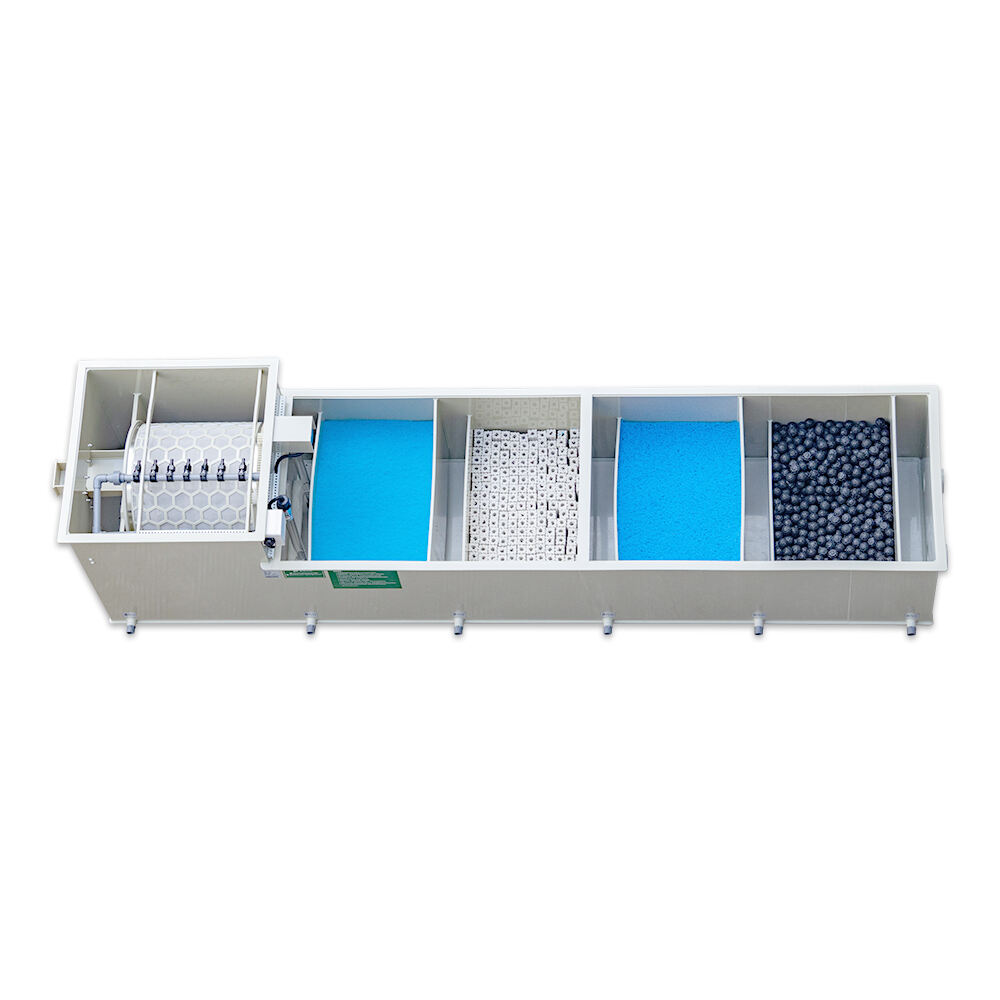industrial ozone generator
Industrial ozone generators represent cutting-edge technology in air and water purification systems, serving as powerful tools for commercial and industrial applications. These sophisticated devices generate ozone (O3) through either Corona Discharge or UV light technology, effectively converting oxygen molecules into ozone. The process involves passing air or oxygen through a high-voltage electrical discharge, creating ozone molecules that serve as potent oxidizing agents. These generators are engineered to produce precise concentrations of ozone, typically ranging from 1 to 200 grams per hour, depending on the specific application requirements. The systems incorporate advanced control mechanisms, including programmable timers, concentration monitors, and safety shutdown features, ensuring optimal performance and user safety. Industrial ozone generators find extensive applications across various sectors, including water treatment facilities, food processing plants, pharmaceutical manufacturing, and industrial cleaning operations. They excel in eliminating bacteria, viruses, and organic compounds, while also removing unpleasant odors and contaminants from both air and water. The technology's effectiveness lies in its ability to break down pollutants at a molecular level, leaving no harmful chemical residues behind.


